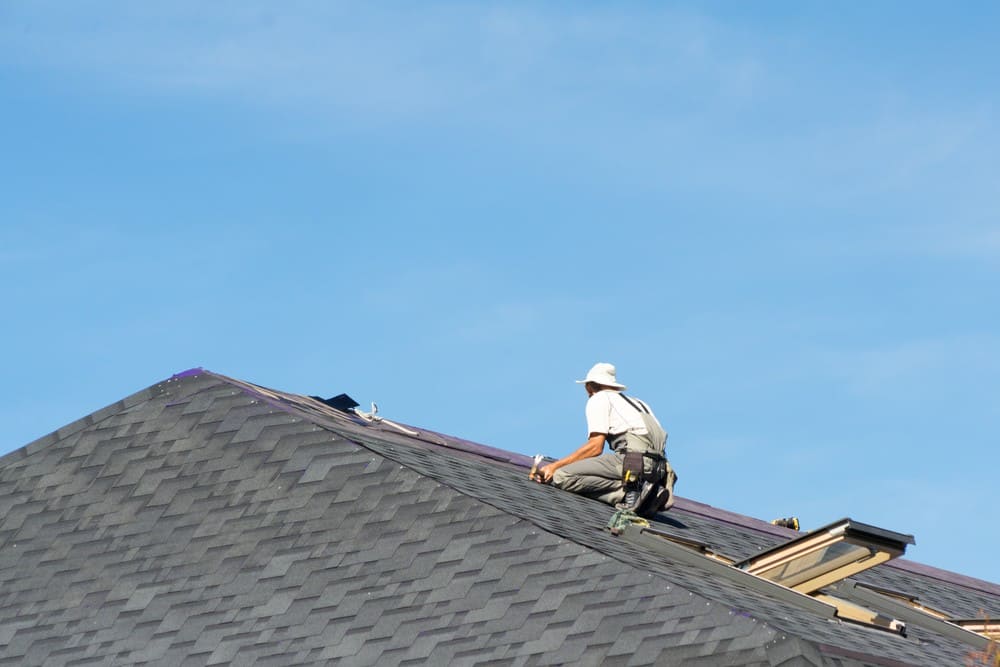Introduction
Choosing the right roofline for your home is a crucial decision that impacts not only the aesthetics of your property but also its functionality and durability. The roof is a home’s first line of defense against the elements, and its design can influence energy efficiency, maintenance needs, and overall property value. With various roofline options available, each offering unique benefits and drawbacks, it’s essential to understand what each type brings to the table. This guide delves into the most common roofline styles, exploring their pros and cons to help you make an informed decision for your next roofing project.
Gable Roof
Pros:
- Versatility: Gable roofs are incredibly versatile and can suit almost any architectural style, from colonial homes to modern designs.
- Effective Water Drainage: The sloped design ensures excellent water runoff, reducing the risk of leaks and water damage.
- Extra Space: The steep pitch provides additional attic space, which can be used for storage or converted into living space.
- Ease of Construction: Gable roofs are relatively easy and cost-effective to construct due to their simple design.
Cons:
- Wind Vulnerability: Gable roofs can be more susceptible to damage in high-wind areas, as strong winds can potentially lift the roof off the house.
- Limited Architectural Flair: While functional, gable roofs can sometimes lack the architectural interest of more complex designs.
Hip Roof
Pros:
- Stability: Hip roofs are known for their stability and durability, especially in areas prone to high winds and hurricanes.
- Aesthetic Appeal: The symmetrical design of a hip roof can add a touch of elegance and sophistication to a home.
- Better Insulation: The inward slopes provide better natural insulation, helping to maintain consistent indoor temperatures.
Cons:
- Complex Construction: Hip roofs are more complex and expensive to build compared to gable roofs due to their intricate design.
- Limited Attic Space: The inward slopes reduce the amount of usable attic space.
Flat Roof
Pros:
- Modern Aesthetic: Flat roofs are a staple of contemporary and modern architectural designs, offering a sleek, minimalist look.
- Usable Space: Flat roofs can be transformed into rooftop gardens, patios, or additional living spaces.
- Ease of Maintenance: Accessing and maintaining flat roofs is generally easier and safer compared to sloped roofs.
Cons:
- Drainage Issues: Flat roofs have poor drainage compared to sloped roofs, increasing the risk of water pooling and leaks.
- Limited Lifespan: They typically have a shorter lifespan and may require more frequent maintenance and repairs.
Mansard Roof
Pros:
- Extra Living Space: The double-pitched design of a mansard roof provides significant extra living space, often used for additional bedrooms or living areas.
- Aesthetic Versatility: Mansard roofs offer a distinctive and elegant look, adaptable to various architectural styles.
Cons:
- Complexity and Cost: Mansard roofs are complex to design and build, making them one of the more expensive roofing options.
- Maintenance Challenges: Their intricate design can make maintenance and repairs more challenging and costly.
Shed Roof
Pros:
- Modern Appeal: Shed roofs are popular in modern and minimalist architectural designs, providing a clean and simple look.
- Good Drainage: The single slope ensures efficient water drainage.
- Affordable: Shed roofs are relatively easy and cost-effective to build due to their straightforward design.
Cons:
- Limited Ceiling Height: The single slope can result in varying ceiling heights within the home, which may not be ideal for all spaces.
- Less Traditional: Shed roofs may not blend well with more traditional architectural styles.
Butterfly Roof
Pros:
- Aesthetic Uniqueness: Butterfly roofs are visually striking and can make a home stand out with their modern, futuristic design.
- Rainwater Collection: The inward slopes make it easy to collect rainwater for sustainable uses.
Cons:
- Complexity and Cost: The unique design of butterfly roofs can make them more expensive to build and maintain.
- Potential for Leaks: The inward slopes can lead to water pooling if not designed and maintained correctly.
Gambrel Roof
Pros:
- Extra Space: Gambrel roofs, often seen on barns, provide significant attic or loft space, which can be converted into living areas.
- Classic Look: They offer a charming, classic appearance that suits traditional and colonial-style homes.
Cons:
- Wind Vulnerability: Similar to gable roofs, gambrel roofs can be susceptible to wind damage.
- Complexity: The dual slopes can make construction and maintenance more challenging and expensive.
Conclusion
Selecting the right roofline for your home involves balancing aesthetics, functionality, cost, and maintenance needs. Gable and hip roofs offer stability and simplicity, while flat and shed roofs provide modern appeal and ease of maintenance. Mansard, butterfly, and gambrel roofs offer unique aesthetics and extra space but come with higher costs and complexity. By understanding the pros and cons of each roofline, you can make an informed decision that enhances your home’s beauty, durability, and value. Remember to consider your local climate, architectural style, and personal preferences when making your choice.


